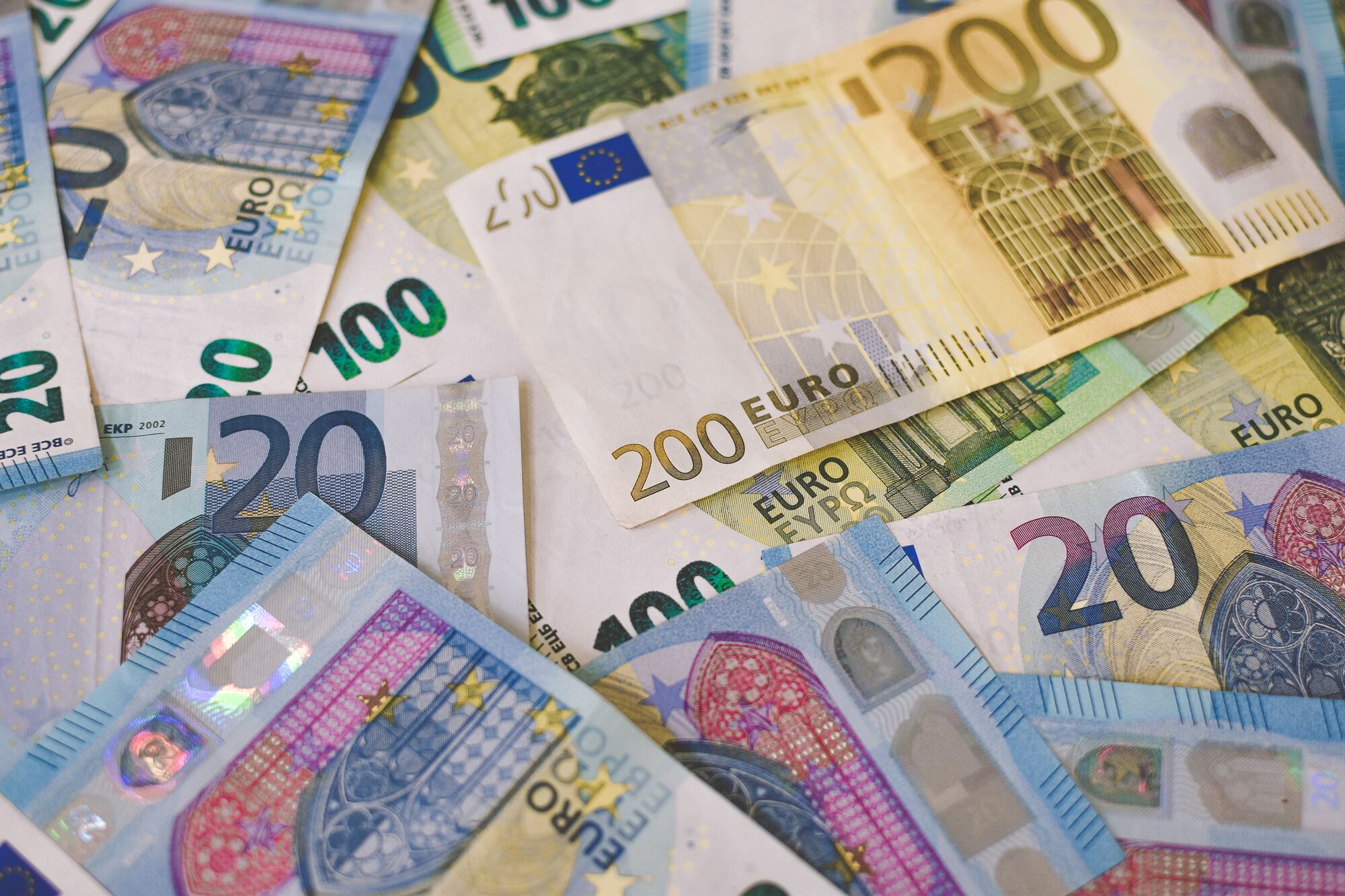Starting from 1 January 2023, Croatia officially adopted the euro as its currency following the Council of the European Union’s approval on 12 July 2022. This decision has brought about the adoption of the euro as the official currency, replacing the Croatian kuna. (Source: European Central Bank)
In this article, we will delve into the details of this transition, including the conversion rate, dual price display, and its implications for consumers.
Transition Croatian kuna to the Euro
As of 1 January 2023, the euro has become the official currency of Croatia. The Croatian kuna, which has been in use since the country gained independence in 1991, is being phased out. This transition signifies Croatia’s integration into the euro area, aligning its monetary policies with those of other European Union member states.
Conversion Rate (HRK – EUR)
To facilitate the conversion from the Croatian kuna to the euro, a fixed exchange rate was determined. The conversion rate established by the Council of the European Union is HRK 7.53450 per €1. This means that for every euro, you would receive approximately 7.53 Croatian kunas. It is important to note that this rate may vary slightly due to market fluctuations, but it provides a reliable benchmark for currency conversion purposes.
Dual Price Display
To aid the transition and ensure consumer protection, Croatia has implemented a dual price display system. Until 31 December 2023, prices for goods and services will be indicated in both euro and kuna. This dual display allows consumers to easily compare prices and understand the value of goods and services in both currencies.
When displaying prices, businesses are required to show the exchange rate clearly and visibly. This ensures transparency and helps consumers make informed decisions during the transition period. The dual price display system aims to prevent confusion and promote a smooth transition to the euro, benefiting both locals and tourists.
Implications for Consumers
The adoption of the euro brings several implications for consumers in Croatia. Firstly, it simplifies travel and commerce within the euro area, as Croatians will no longer need to exchange currency when visiting neighboring countries that also use the euro. This facilitates seamless transactions and eliminates exchange rate fluctuations.
Furthermore, the euro is a widely recognized and stable currency, which instills confidence in consumers and businesses alike. It reduces the risk of currency devaluation and encourages economic stability and growth. The transition to the euro also enhances Croatia’s integration into the European Union, strengthening its economic ties with other member states.
Conclusion:
Croatia’s transition to the euro marks a significant milestone in the country’s economic development and integration with the European Union. The replacement of the Croatian kuna with the euro brings numerous benefits, including simplified transactions, increased economic stability, and enhanced consumer protection through the dual price display system.
As Croatia embarks on this new chapter, it is crucial for businesses and consumers to familiarize themselves with the conversion rate and dual price display requirements. By embracing the euro, Croatia aims to bolster its economic potential, attract investment, and create a favorable environment for both domestic and international trade.


